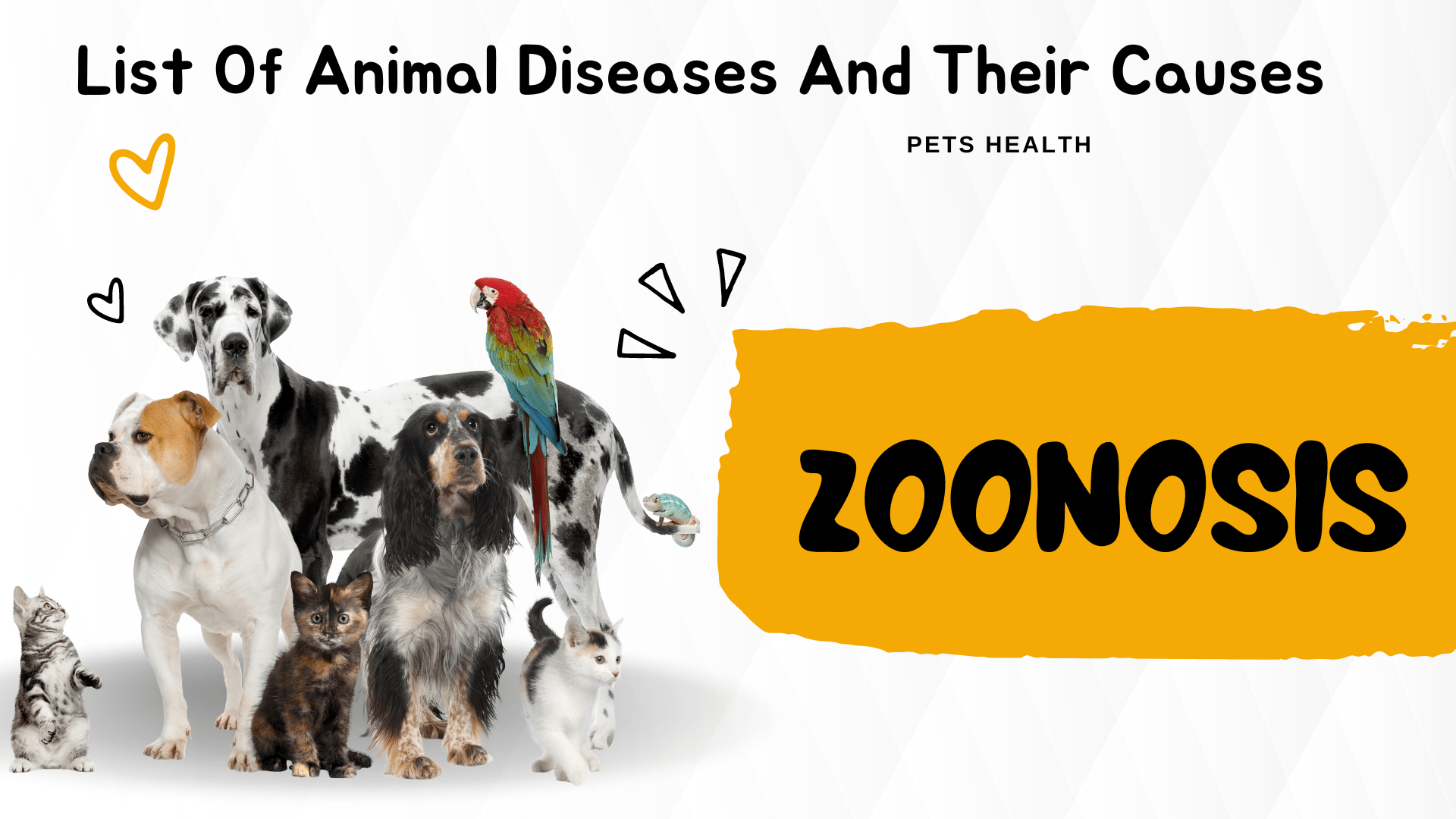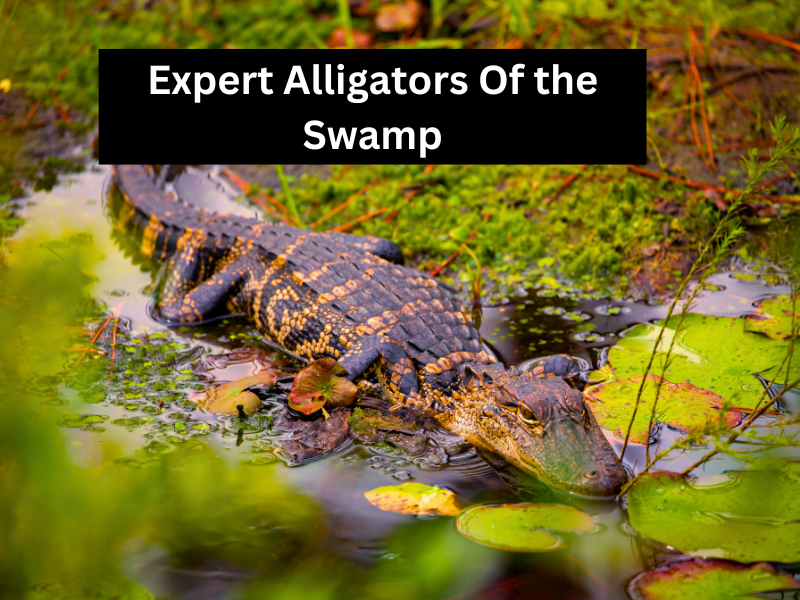Unique List Of Animal Diseases And Their Causes || Pets Health Zoonosis ||
Discover the crucial importance of maintaining the health of our beloved pets and understanding zoonosis diseases. This article delves into a list of common animal ailments, offering insights into their causes, symptoms, treatments, and preventive measures. Dive into the world of pet health and learn how to safeguard both animal and human well-being

Rabies

Rabies, a lethal viral disease, extends its reach across diverse animals, including dogs, cats, and humans. Its transmission typically occurs through the saliva of infected animals, primarily via bites. Upon invasion, the virus targets the nervous system, inducing symptoms like fever, headache, and agitation. As the ailment progresses, it leads to paralysis, hydrophobia, and potentially fatal outcomes. Vaccination stands as a pivotal shield against rabies for both animals and humans. Timely medical intervention, including post-exposure prophylaxis, becomes imperative following a bite from a potentially rabid animal. Despite advancements, rabies persists as a significant public health challenge, particularly in regions with limited access to vaccination and animal control initiatives.
Parvovirus
Parvovirus emerges as a highly contagious viral menace, predominantly afflicting dogs, particularly the vulnerable puppy population. Its dissemination often traces back to direct contact with infected feces or contaminated environments. Targeting the gastrointestinal tract, the virus precipitates severe manifestations such as vomiting, diarrhea (often tinged with blood), lethargy, and dehydration. Puppies bear the brunt of this affliction, facing elevated mortality rates sans prompt intervention.

Treatment revolves around supportive care to assuage symptoms and thwart dehydration, coupled with isolation protocols to curtail further transmission. Vaccination assumes primacy in the battle against parvovirus, commencing at an early age and supplemented by booster shots as advised by veterinary professionals. Upholding hygiene and sanitation standards emerges as a crucial adjunct to mitigate transmission risks, especially in congregational settings like kennels and dog parks.
FeLV, a contagious viral entity, casts its shadow predominantly over domestic cats, particularly those with outdoor exposure or residing in multi-cat setups. By debilitating the immune system, FeLV renders infected cats susceptible to an array of secondary infections and maladies. Transmission typically occurs through intimate contact, encompassing grooming, biting, or shared access to food and water receptacles. The consequences of FeLV span anemia, lymphoma, and immunodeficiency, manifesting through indicators like lethargy, weight loss, compromised coat condition, and recurrent infections. While a cure remains elusive, supportive care stands as the cornerstone of symptom management, enhancing the affected feline’s quality of life. Prevention tactics pivot around vaccination and minimizing interactions with infected counterparts, achieved through indoor confinement and rigorous screening of new entrants into feline households.
Foot-and-Mouth Disease
Foot-and-Mouth Disease (FMD), a highly transmissible viral scourge, plagues cloven-hoofed animals such as cattle, sheep, and pigs. Caused by various serotypes of the FMD virus, its spread transpires swiftly via direct contact with infected animals, contaminated paraphernalia, or aerosolized agents. Characterized by fever and blister-like lesions on oral mucosa, hooves, and subsequent lameness, FMD inflicts substantial economic ramifications via trade embargoes. Control stratagems encompass vaccination initiatives, stringent biosecurity regimens, and expedited outbreak identification and containment through surveillance and quarantine modalities.
Equine Infectious Anemia (EIA)
Equine Infectious Anemia (EIA), colloquially dubbed swamp fever, represents a viral affliction besieging horses, mules, and donkeys. Culminating primarily via blood-sucking insects and fomites like needles and surgical instruments, its clinical tableau spans fever, anemia, weight loss, and edema. While certain equines may harbor the virus sans overt symptoms, they pose a formidable reservoir for interspecies dissemination. EIA lacks a definitive cure, prompting euthanasia or lifelong sequestration of infected horses. Control maneuvers revolve around diagnostic screenings, stringent biosecurity measures, and vector management to curtail insect vectors.

Avian Influenza, colloquially christened bird flu, constitutes a viral malady primarily ensnaring avian species, encompassing domestic poultry and wild counterparts. Varying strains of influenza A viruses delineate diverse pathogenic trajectories, culminating in mild respiratory afflictions or grave systemic repercussions. Poultry succumbing to avian influenza engender substantial economic losses, precipitated by mortality rates, compromised egg production, and ensuing trade impediments. Select strains like H5N1 and H7N9 harbor zoonotic potential, potentiating severe respiratory syndromes and elevated mortality rates in humans. Control antecedents incorporate vaccination drives, fortified biosecurity protocols on poultry holdings, and vigilant surveillance for swift outbreak recognition and containment.
Salmonellosis
Salmonellosis, an entrenched bacterial scourge ascribed to various Salmonella strains, ensnares a gamut of species spanning reptiles, birds, and mammals. Its dissemination unfolds via ingesting contaminated victuals, water, or contact with afflicted organisms or excreta. Clinical vignettes comprise diarrhea, vomiting, fever, and abdominal distress, potentially cascading into sepsis and demise. Prevailing against salmonellosis entails scrupulous hygiene practices, encompassing hand sanitation, thorough culinary preparation, and circumscribing contact with putatively contaminated contexts. Agricultural domains necessitate vaccination protocols, sanitation endeavors, and biosecurity prerogatives to attenuate Salmonella propagation amid livestock cohorts.
Zoonosis

Zoonosis refers to diseases that can be transmitted from animals to humans. These diseases can be caused by viruses, bacteria, parasites, fungi, or prions, and they can spread through direct contact with animals, consumption of contaminated food or water, inhalation of airborne particles, or through vectors like mosquitoes or ticks. Zoonotic diseases pose significant public health concerns globally, as they can result in outbreaks, epidemics, or even pandemics if not properly controlled.
Examples of zoonotic diseases include rabies, Ebola virus disease, avian influenza (bird flu), West Nile virus, Lyme disease, and salmonellosis. Many emerging infectious diseases, such as COVID-19 caused by the novel coronavirus SARS-CoV-2, are also zoonotic in nature.
Zoonoses can impact both human and animal health, often leading to economic losses due to healthcare expenses, loss of productivity, and trade restrictions. Additionally, zoonotic diseases can have devastating effects on wildlife populations and ecosystems.
Preventing and controlling zoonotic diseases require a multidisciplinary approach involving collaboration between human health, veterinary, and environmental sectors. Strategies include surveillance and early detection of outbreaks, implementing biosecurity measures on farms and in healthcare settings, promoting responsible pet ownership, vaccination of animals where available, and educating the public about the risks associated with zoonotic diseases.
Efforts to address zoonoses also involve understanding the ecological and socio-economic factors contributing to disease transmission, such as urbanization, deforestation, wildlife trade, and climate change. By addressing these underlying factors and adopting One Health approaches that consider the interconnectedness of human, animal, and environmental health, it is possible to mitigate the risks posed by zoonotic diseases and safeguard public health.
For More Information Visit Meedu Info









[…] inflict fear and suffering upon both animal populations and humans worldwide. At its core lies the Rabies virus, Ecological a member of the Rhabdoviridae family, which relentlessly attacks the central nervous […]
[…] as we humans need love and compassion, animals also need love and compassion.If we treat animals right, our environment can be peaceful.Here I […]